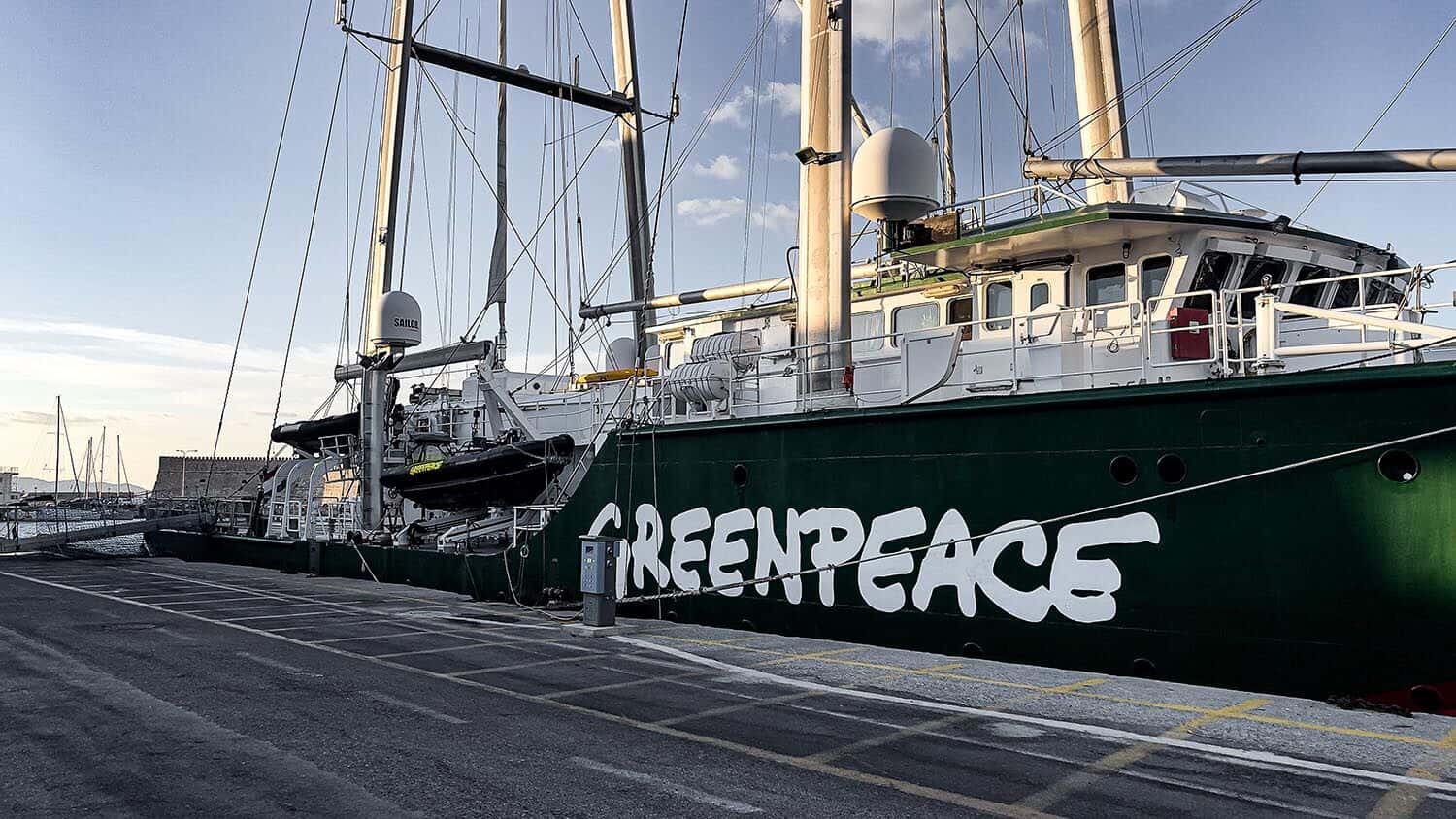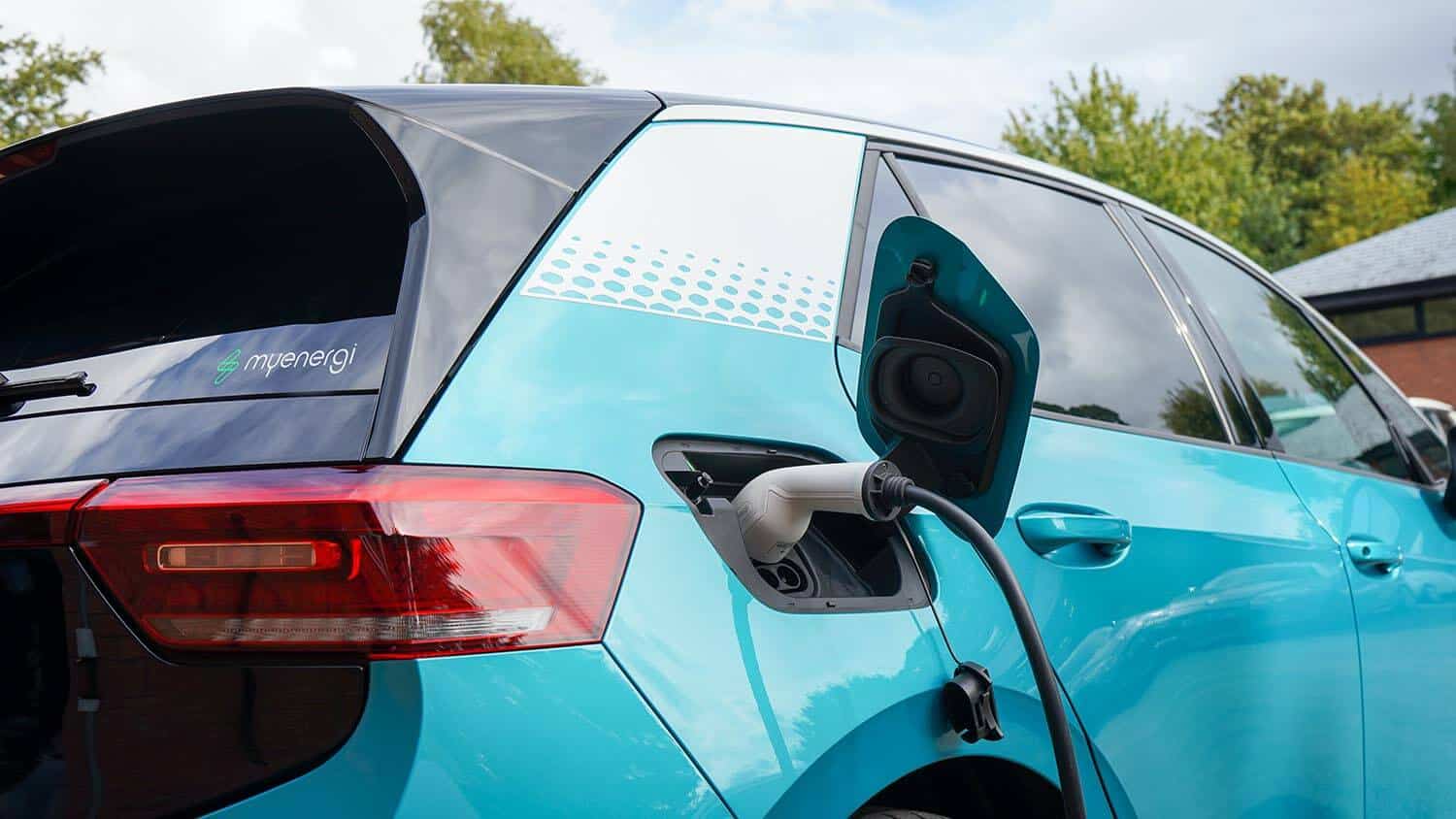Image Credit – Evangelos Mpikakis
Oceans cover 71% of our Earth’s surface and are home to thriving ecosystems and areas of biodiversity. Not only this but our oceans and associated marine life act as a large carbon sink by capturing and storing carbon, helping to regulate the Earth’s carbon dioxide levels and global temperature. Without our oceans, life on Earth would be uninhabitable. However, our oceans are increasingly facing threats such as climate change, plastics and other pollution, ocean acidification, and destructive industries such as fishing and deep sea mining¹. It is clear that these threats must be dealt with as soon as possible in order to save our oceans, but what is being done about it?
In 2019, Greenpeace published its “30×30: A Blueprint for Ocean Protection” campaign. Supported by scientific study – as a result of a year-long collaboration between leading academics at the University of York, the University of Oxford, and Greenpeace – this campaign advocates that 30% of our oceans must be protected by 2030 in order to sustain wildlife and alleviate the effects of climate change. The campaign not only gives reasons why this action must be taken but presents a new approach to designing and creating a network of ocean sanctuaries². By breaking down 25,000km of ocean classified as ‘international waters’ into 100kmx100km sections, the scientists could map the distribution of different conservation features (wildlife, habitats, key oceanographic features) providing a multitude of scenarios of what a global network of protected ocean sanctuaries could look like³. This campaign holds much promise, but it needs governmental support.
The Fifth Intergovernmental Conference (IGC5) to negotiate a legally binding agreement on a Global Ocean Treaty took place in August 2022, however, was left open-ended as agreements could not be made. Negotiations will start again at the UN Headquarters in New York on 20th February 2023 until 3rd March 2023 and will be, one hopes, the finalising negotiations for a Global Oceans Treaty. Environment Minister Thérèse Coffey vocalises the UK government’s support of “30×30” stating: “It is only by working with our counterparts internationally that we can truly bring about global change. I am delighted to be in New York this week to look at how we can build on the progress made on marine protection and protect the world’s oceans for future generations.”⁴.
These negotiations will decide the fate of our oceans and, in turn, our world.
To learn more about “30×30” and the strategy behind it follow this link: http://www.greenpeaceoceanblueprint.org.
If you wish to have your say and support Greenpeace’s campaign sign the petition here: https://action.greenpeace.org.uk/l/854853/2021-04-23/qwm74?amp%3Bsubsource=OCMRGLPEWB01EU&%3Butm_campaign=OCMRGLPEWB01EU&%3Butm_medium=WB&%3Butm_source=gpeace&source=UN&subsource=OCMRGLPEUN02GK&utm_source=bsd&utm_medium=redirect&utm_campaign=post+pardot+launch+redirect
REFERENCES
¹²³ https://www.greenpeace.org/international/publication/21604/30×30-a-blueprint-for-ocean-protection/ (Accessed: 18/02/23)
⁴ https://www.gov.uk/government/news/gove-calls-for-30-per-cent-of-worlds-oceans-to-be-protected-by-2030 (Accessed 19/02/23)
Maia Ingham-Jerrey – Author
19/02/2023




